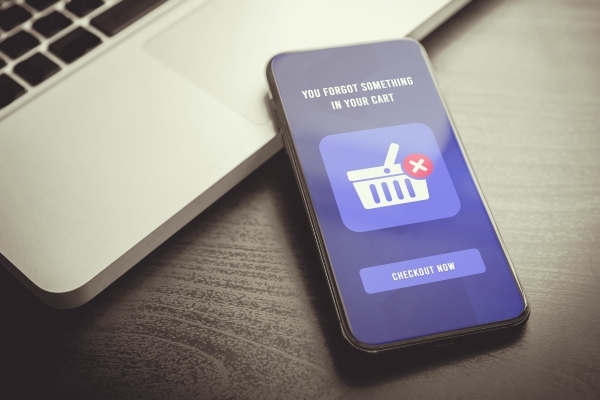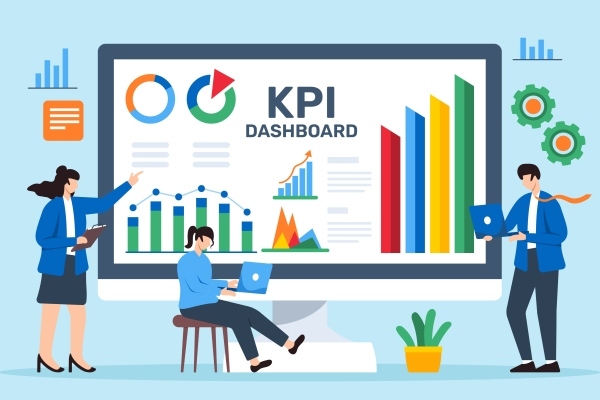
How to Use Content Marketing to Build Brand Awareness
Content marketing is a strategic approach to promoting a business by creating and sharing valuable, relevant, and consistent content to attract and retain a clearly defined audience. By doing so, it helps build trust, credibility, and loyalty among customers, ultimately driving profitable actions. Building brand awareness is crucial for any business, as it increases recognition, familiarity, and preference among potential customers. Content marketing is an effective way to achieve this goal, as it allows businesses to communicate their values, mission, and unique selling proposition (USP) to their target audience.
By regularly producing and distributing high-quality content, businesses can establish themselves as authorities in their industry, differentiate themselves from competitors, and create a positive image that resonates with their audience. This, in turn, can lead to increased website traffic, enhanced customer engagement, and eventually, higher sales and revenue.
Understanding Your Target Audience
Understanding your target audience is a crucial step in developing an effective content marketing strategy. First, you need to identify your ideal customer by analysing your current client base, conducting market research, and gathering insights from customer surveys or interviews. Next, you should understand their needs, interests, and pain points to create content that resonates with them. This involves identifying their motivations, challenges, and goals, as well as their preferred communication channels and consumption habits.
Finally, you can create buyer personas that capture the characteristics and behaviours of your target audience. These personas will help you tailor your content to specific segments of your audience, increasing its relevance and effectiveness. By truly understanding your target audience, you can develop a content marketing strategy that speaks directly to their needs and interests, fostering engagement, loyalty, and ultimately, conversions.
Developing a Content Strategy
Developing a content strategy is essential for maximising the impact of your content marketing efforts. Start by defining your brand voice and tone, which will help ensure consistency across all your content and foster a strong brand identity. Next, create a content calendar that outlines the type of content you’ll produce, the topics you’ll cover, and the frequency of publication. This will help you stay organised and ensure that you’re constantly delivering fresh, relevant content to your audience.
Additionally, consider repurposing and updating existing content to extend its shelf life and reach. For example, you might turn a popular blog post into a video or infographic, or update a previous article to reflect changing industry trends. By taking a strategic approach to content creation and distribution, you can make the most of your content marketing efforts and drive meaningful results for your business.
Types of Content for Building Brand Awareness
Educational content, industry news and trends, and personal stories and experiences are all effective ways to engage audiences through blog posts. By providing valuable information and insights, businesses can position themselves as thought leaders in their industry and establish a reputation for expertise. Personal stories and experiences can also help humanise the brand and create a more relatable connection with readers.
Social media posts
Engaging with followers, sharing industry news and insights, and showcasing company culture are all important uses of social media for building brand awareness. Responding to comments and messages in a timely manner can help foster a sense of community around the brand, while sharing relevant and interesting content can help increase visibility and credibility. Share behind-the-scenes glimpses of the company culture to give followers a deeper look into the brand’s personality and values.
Explainer videos, product demos, and customer testimonials are all powerful tools for communicating information and building trust with audiences. Explainer videos can help clarify complex concepts and illustrate how a product or service works, while product demos provide a hands-on look at what the brand has to offer. Customer testimonials, meanwhile, offer social proof and can help convince potential customers to try out the brand.
Keeping subscribers informed and engaged, and promoting new content and products are both important goals for email newsletters. By sending regular updates, businesses can maintain a steady presence in their audience’s minds and keep them up-to-date on the latest developments. Use eye-catching visuals and compelling copy to make the newsletter stand out in a crowded inbox.
Influencer partnerships
Collaborating with influencers in your niche can help reach new audiences and build credibility. Look for influencers who align with the brand’s values and have a genuine interest in the industry. By partnering with influencers, businesses can tap into their existing following and gain exposure to new potential customers.
Guest blogging
Writing guest posts for other sites is a great way to build backlinks and credibility. Look for opportunities to contribute to authoritative sites in your industry, and use those opportunities to demonstrate your expertise and showcase your brand. Make sure to include a link back to your own site in your author bio to encourage visitors to learn more about your brand.
Podcasts
Creating a podcast for your brand is a great way to connect with audiences in a more personal way. By interviewing industry experts and thought leaders, businesses can establish themselves as authorities in their field and provide valuable insights to listeners. Consider offering exclusive content or discounts to listeners to encourage them to tune in regularly.
User-generated content
Encouraging customer participation and showcasing customer stories and experiences are both effective ways to build brand awareness using user-generated content. By sharing photos, reviews, and testimonials from satisfied customers, businesses can create a sense of community and social proof. Consider hosting contests or photo contests to encourage users to submit their own content featuring the brand.
Measuring Success and ROI
To measure the success of your content marketing strategy and calculate return on investment (ROI), it’s essential to set clear goals and key performance indicators (KPIs). These could include metrics such as website traffic, engagement metrics like time spent on site, bounce rate, and number of pages per session, and conversion metrics like leads generated, sales, or sign-ups. Regularly analyse these metrics to determine which content is performing well and where improvements can be made. Use this data to adjust your strategy, refine your content, and optimise your campaigns for maximum ROI. Also, consider using tools like Google Analytics to track your progress and gain insights into your audience’s behaviour.
In summary, content marketing is a powerful tool for building brand awareness and establishing your business as a thought leader in your industry. By creating and distributing valuable, relevant, and consistent content, you can attract and engage your target audience, build trust and credibility, and ultimately drive profitable customer action. We hope this guide has provided you with the knowledge and inspiration to get started with content marketing and take your brand to the next level.







